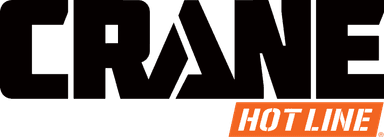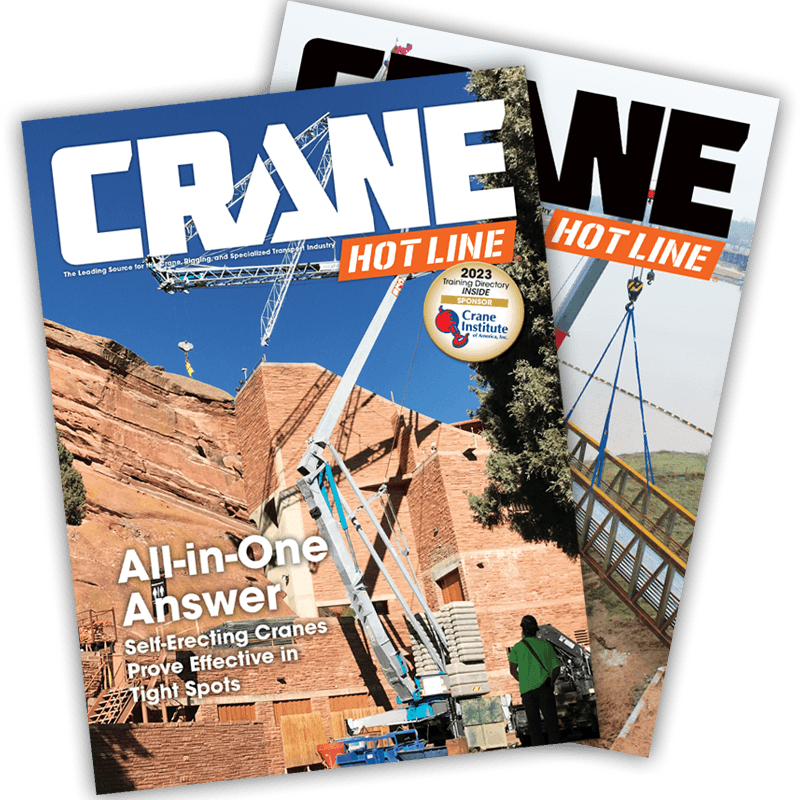A Booming Achievement
Re-entering the boom lift market was something Skyjack did for many reasons, but the most compelling was that it believed it could leverage the loyalty customers have for their scissor lifts. Skyjack scissor lift owners appreciate the company's dedication to its stated philosophy, which is to build machines with the lowest cost of ownership.
Skyjack's absence from the boom lift market could be compared to a major auto manufacturer not offering a pick-up truck. Strategically you need to be a full line producer to attain full market potential. If you don't think so, just look at Toyota. Arguably the best auto maker in the world, yet that company felt it needed trucks to step to the very top of the ladder.
Key components to fulfilling these goals are to design products to be both reliable and easy to service. This is easy to give lip service to, but how easy is it to deliver? Skyjack has built a reputation on both the simplicity and the robustness of its machines. Carrying over these attributes to a more complex product, like a telescoping boom, presented a series of challenges.
A fresh start
Management decided that a new type of product dictated an entirely new developmental process. This new protocol involved the entire Skyjack organization and was implemented from the very beginning. Marketing, engineering, accounting, product support, safety, training, production and upper management all had input from the genesis of the project. Another influential contributor was Skyjack's reconditioning department. Having rebuilt thousands of competitive machines, Skyjack's reconditioning department has seen what works best and has taken careful notes along the way.
The end result of this careful preparation is the new SJ40T and SJ45T boom lifts. I recently tested the SJ45T, which is identical to the SJ40T with the addition of a 5-foot jib extension. It carries a suggested retail price of $100,000. The jibless version goes for $10,000 less.
Unique features
Skyjack's use of a differential drive is unique to its products. Although differential drive slightly limits the turning angle, Skyjack refuses to abandon this unique feature. At 18'7”, the outside turning radius is about 14 and 23 inches, respectively, wider than that of the two largest selling competitors. The steering axle is a Dana Spicer brand with limited slip, while the other Dana axle has a locking differential. These axles are virtually the same kind used in many telehandlers, and they are individually rated at 18,000 pounds capacity. Skyjack believes these axles offer superior traction and are more robust than the more conventional hydraulic drive axles. No drive motors in the wheels means there are no hydraulic lines to feed them. The drive train is powered by a single Sauer-Danfoss m
odel KV38 two-speed hydraulic motor. Skyjack believes the absence of hydraulic lines makes this a more dependable design and worth the sacrifice of a few feet in turning radius.
Another unique Skyjack feature is the use of an oscillating axle. Featured on the steering axle, it is standard equipment. Whenever the boom is in a position that allows for high-speed drive, 4.5 mph maximum, the axle is allowed to float a total of 8 inches. Once the main boom is raised above 15 degrees horizontal, the axle locks into its current position. The position of the jib boom in no way effects the operation of the axle or the high speed drives.
Friendly service and operation are key components of a well-put together aerial work platform. In the next installment, I will explore the SJ45T's serviceability, operational features, and give you my overall impression of this machine.


